Ancient news stories
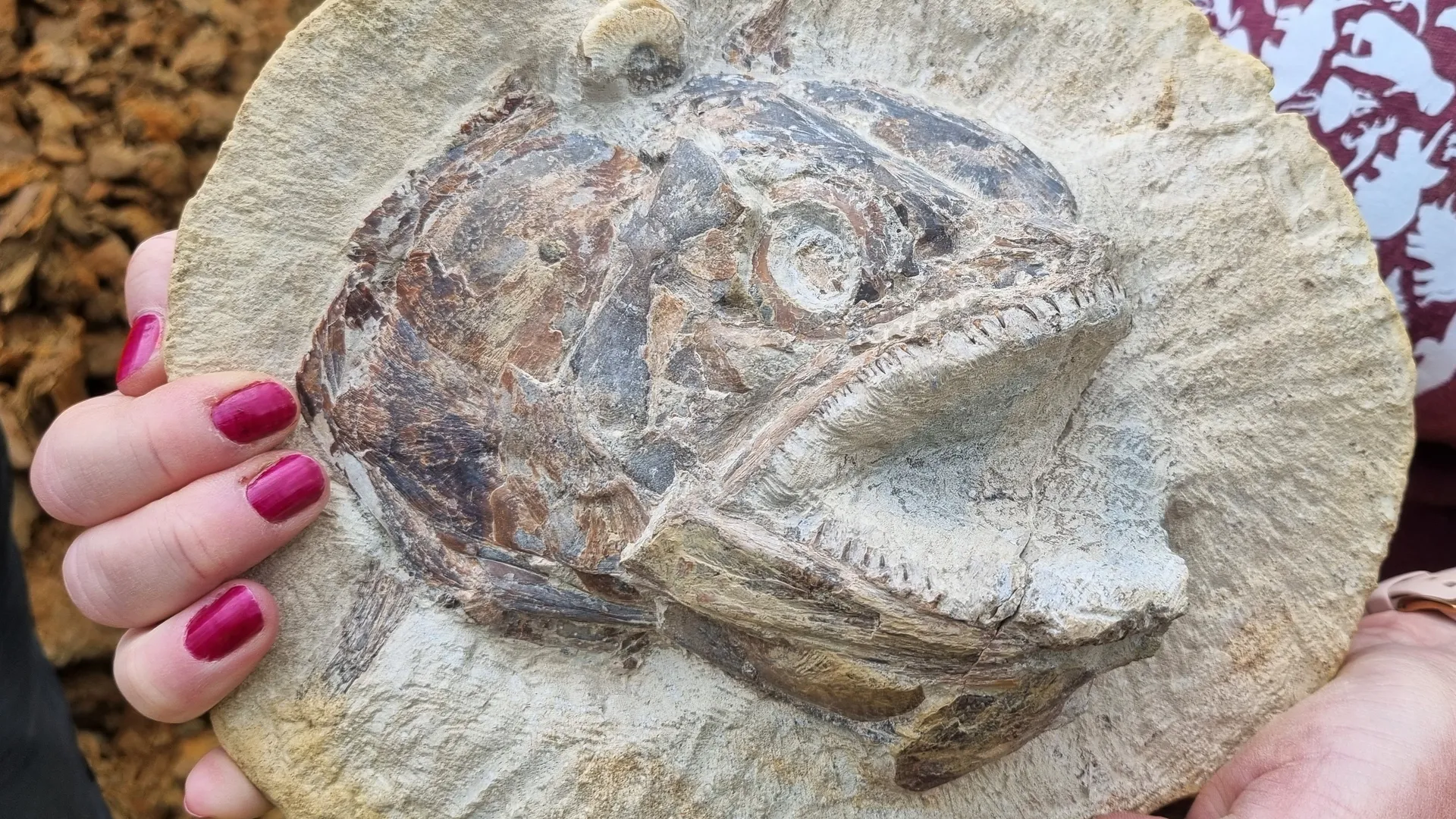
A farm in England was the unlikely source of a Jurassic jackpot: a treasure trove of 183 million-year-old fossils.
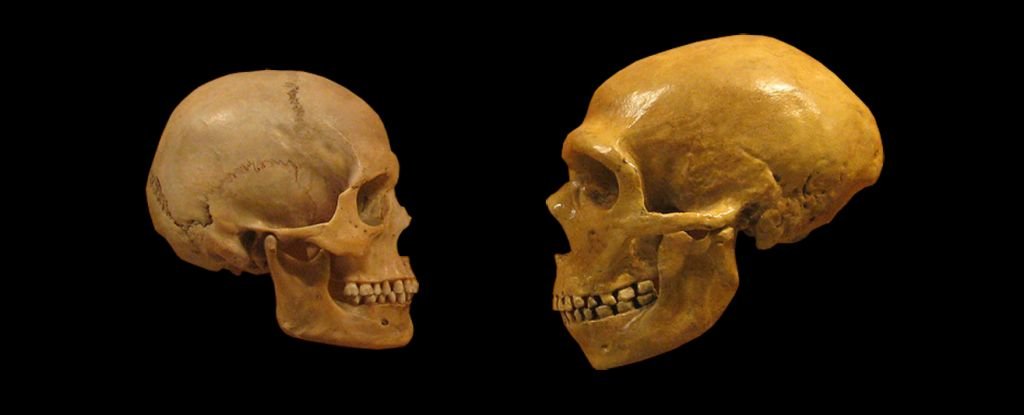
Scientists experimenting on mice have found evidence that key parts of the modern human brain take more time to develop than those of our long extinct cousin, the Neanderthal.
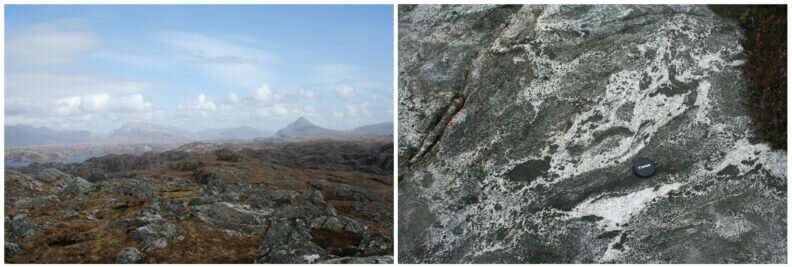
A new Curtin University study has found that water was transported much deeper in the early Earth than previously thought, shedding new light on how the continents were originally formed.
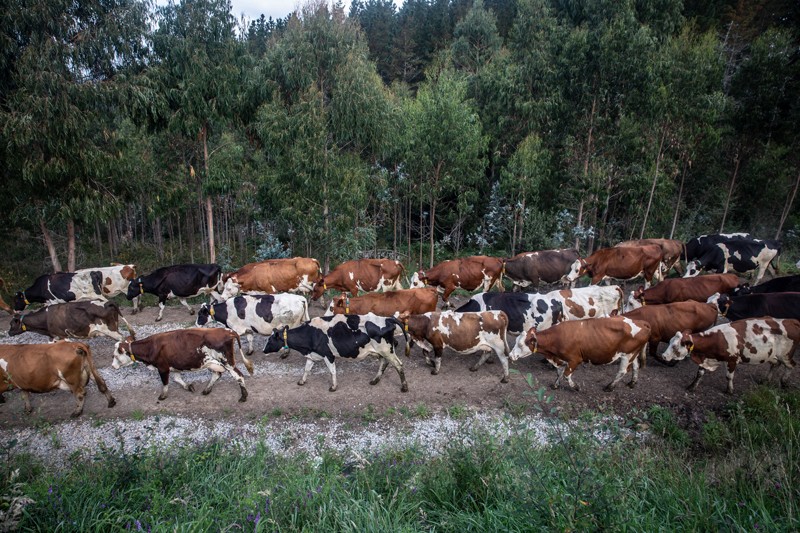
The dawn of dairy farming in Europe occurred thousands of years before most people evolved the ability to drink milk as adults without becoming ill. Now researchers think they know why…
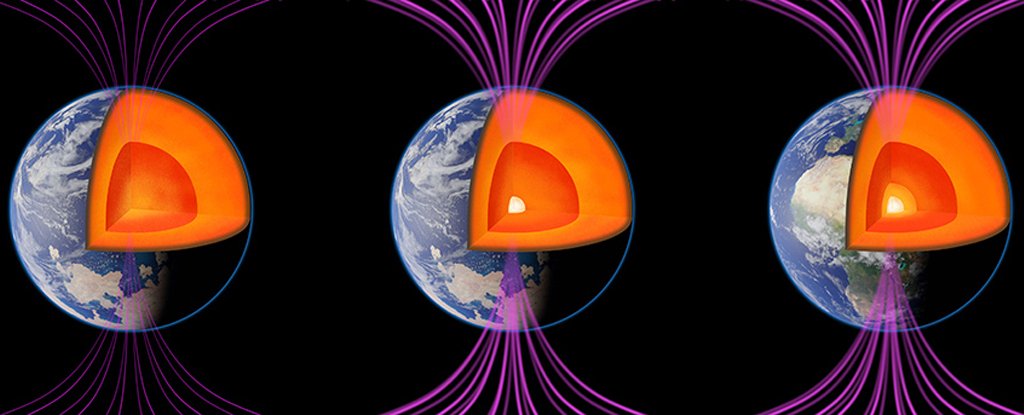
Researchers have been able to use an analysis of ancient rock crystals – and the magnetism records locked inside them – to trace back the history of Earth’s inner core across hundreds of millions of years.
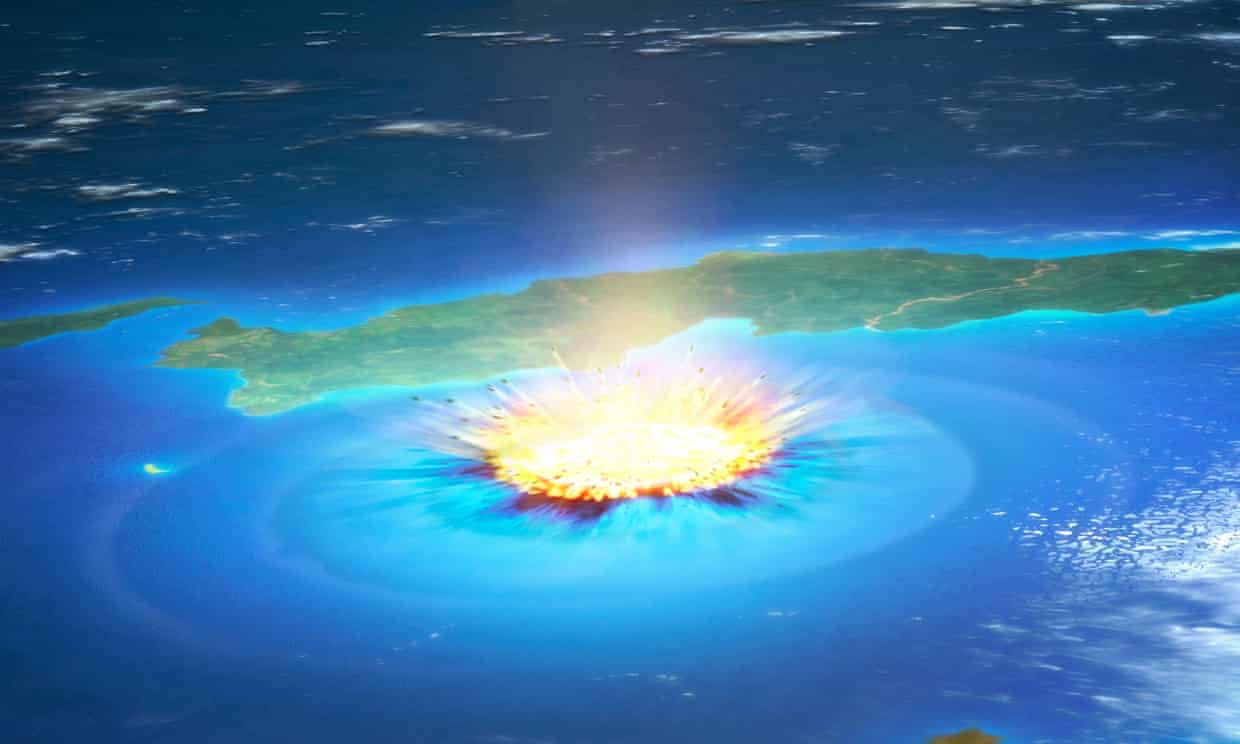
Evidence from 252m years ago shows surviving animals bounced back stronger, fitter, faster and smarter.
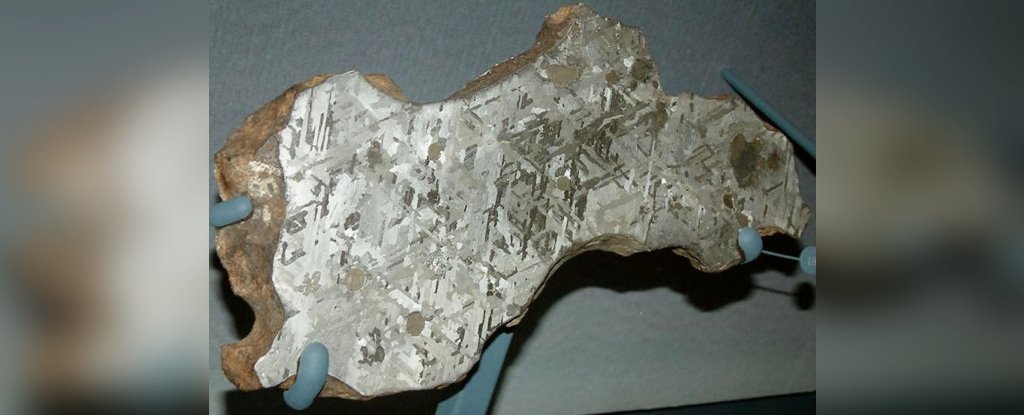
While studying diamonds inside an ancient meteorite, scientists have found a strange, interwoven microscopic structure that has never been seen before.
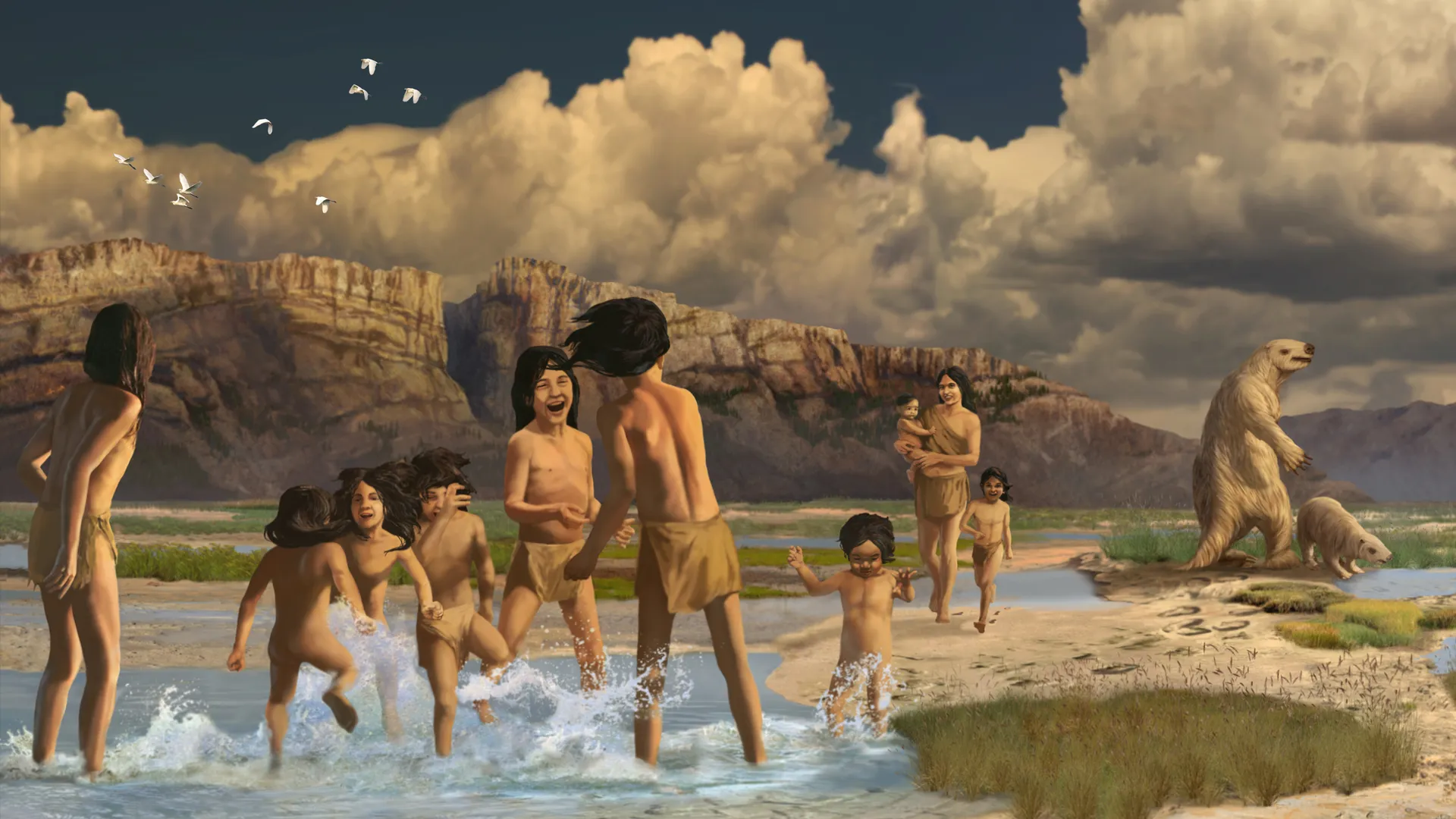
More than 11,000 years ago, young children trekking with their families through what is now White Sands National Park in New Mexico discovered the stuff of childhood dreams: muddy puddles made from the footprints of a giant ground sloth.

The 560-million-year-old specimen, which was found in Charnwood Forest in Leicestershire, is likely a forerunner of cnidaria – the group of species that today includes jellyfish.

High above one of western Britain’s loveliest valleys, the silence is broken by the sound of gentle digging, scraping and brushing, along with bursts of excited chatter as another ancient feature is revealed or a curious visitor stops by to find out what is going on.
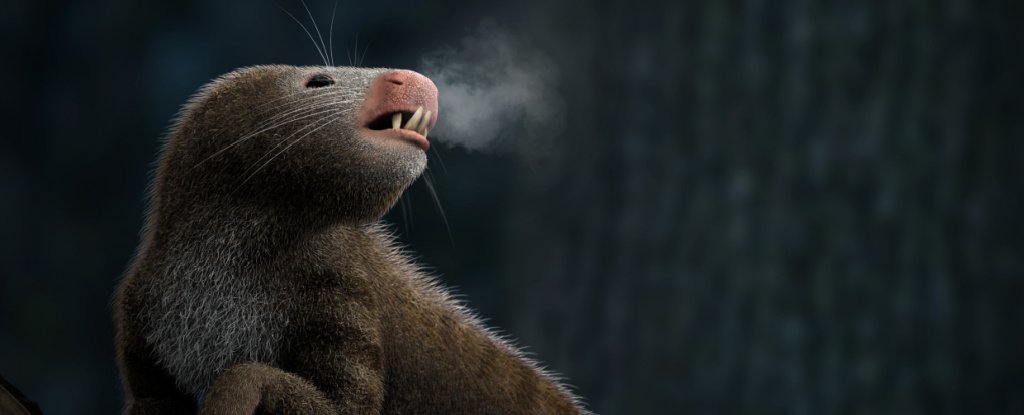
As the first dinosaurs were finding their feet around 230 million years ago, the ancestors of modern mammals were also emerging. Somewhere along the way they developed a remarkable ability: to generate their own warmth.
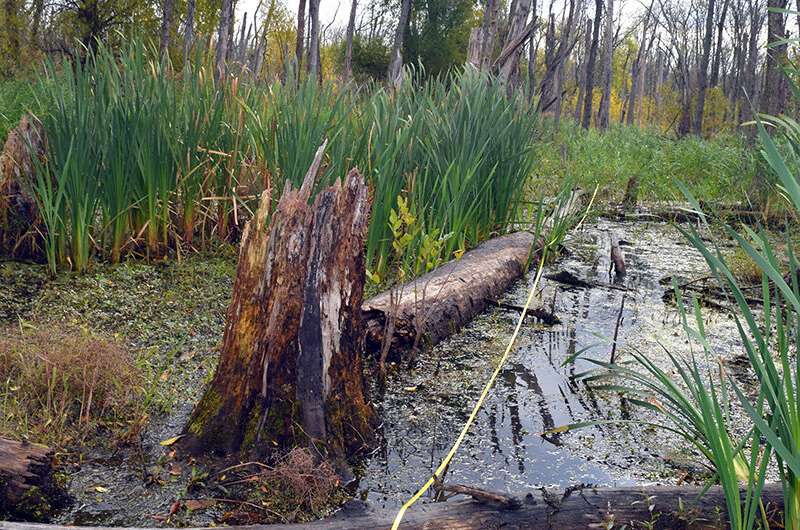
The ancient North American city of Cahokia had as its focal point a feature now known as Monks Mound, a giant earthwork surrounded on its north, south, east and west by large rectangular open areas.
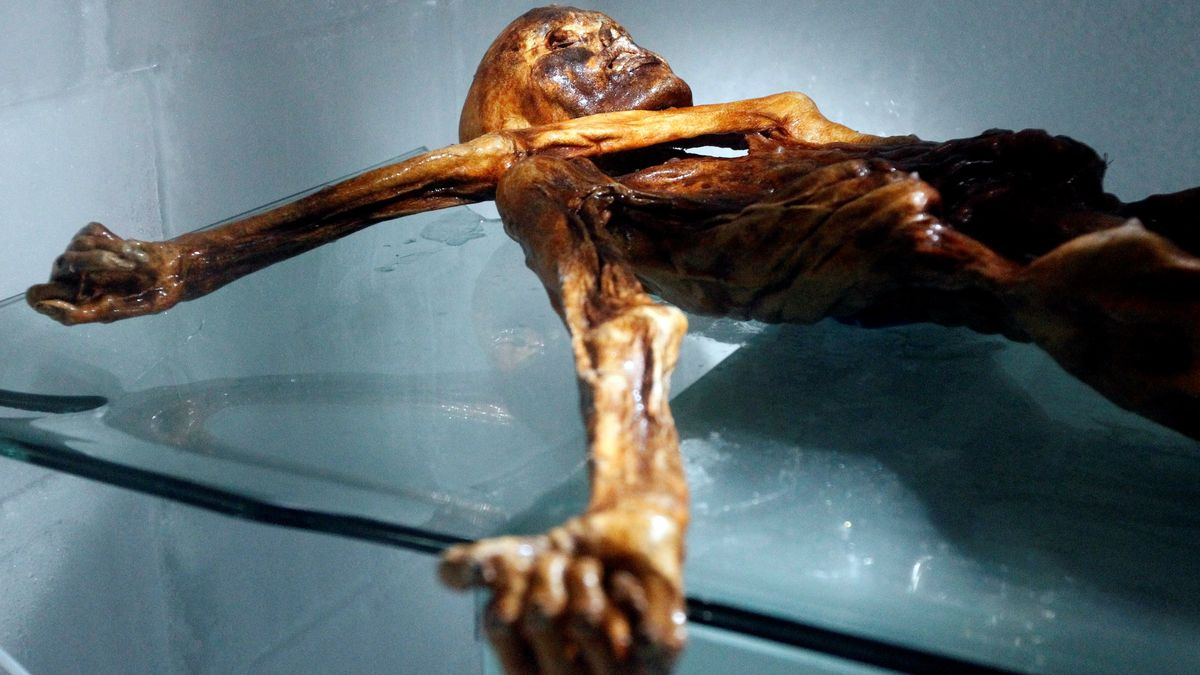
Mummies are found all over the world and reveal the practices of long-lost peoples.
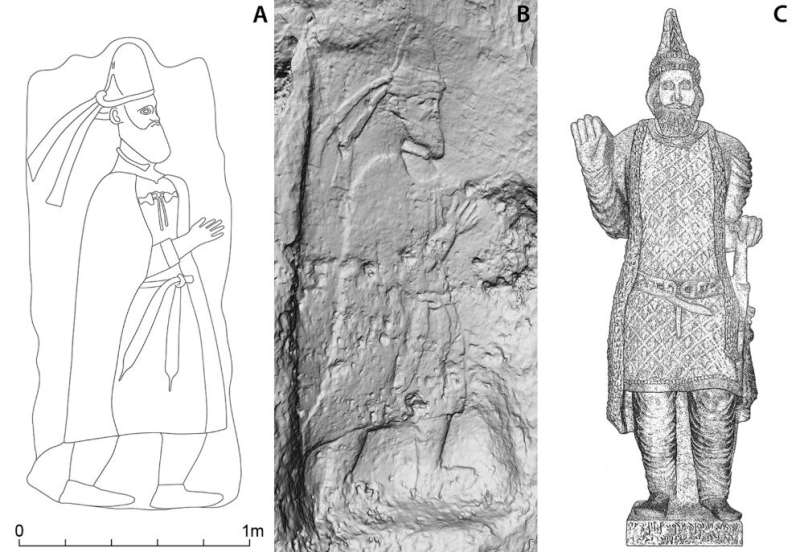
The mountain fortress of Rabana-Merquly in modern Iraqi Kurdistan was one of the major regional centers of the Parthian Empire, which extended over parts of Iran and Mesopotamia approximately 2,000 years ago.

A dormant black hole nine times the mass of the Sun has been found outside the Milky Way for the first time, in what researchers have called a “very exciting discovery”.
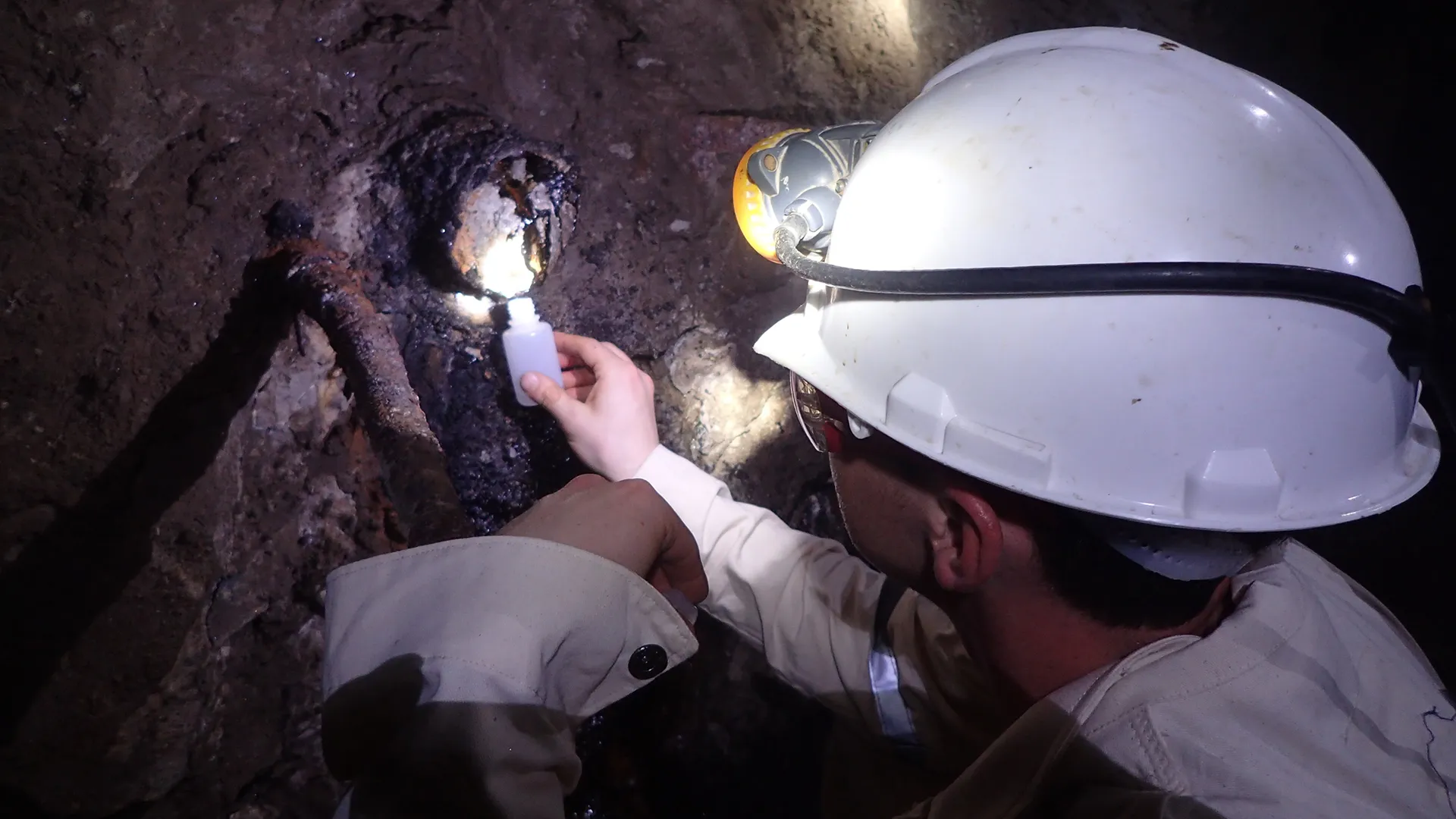
Groundwater that was recently discovered deep underground in a mine in South Africa is estimated to be 1.2 billion years old. Researchers suspect that the groundwater is some of the oldest on the planet, and its chemical interactions with the surrounding rock could offer new insights about energy production and storage in Earth’s crust.








